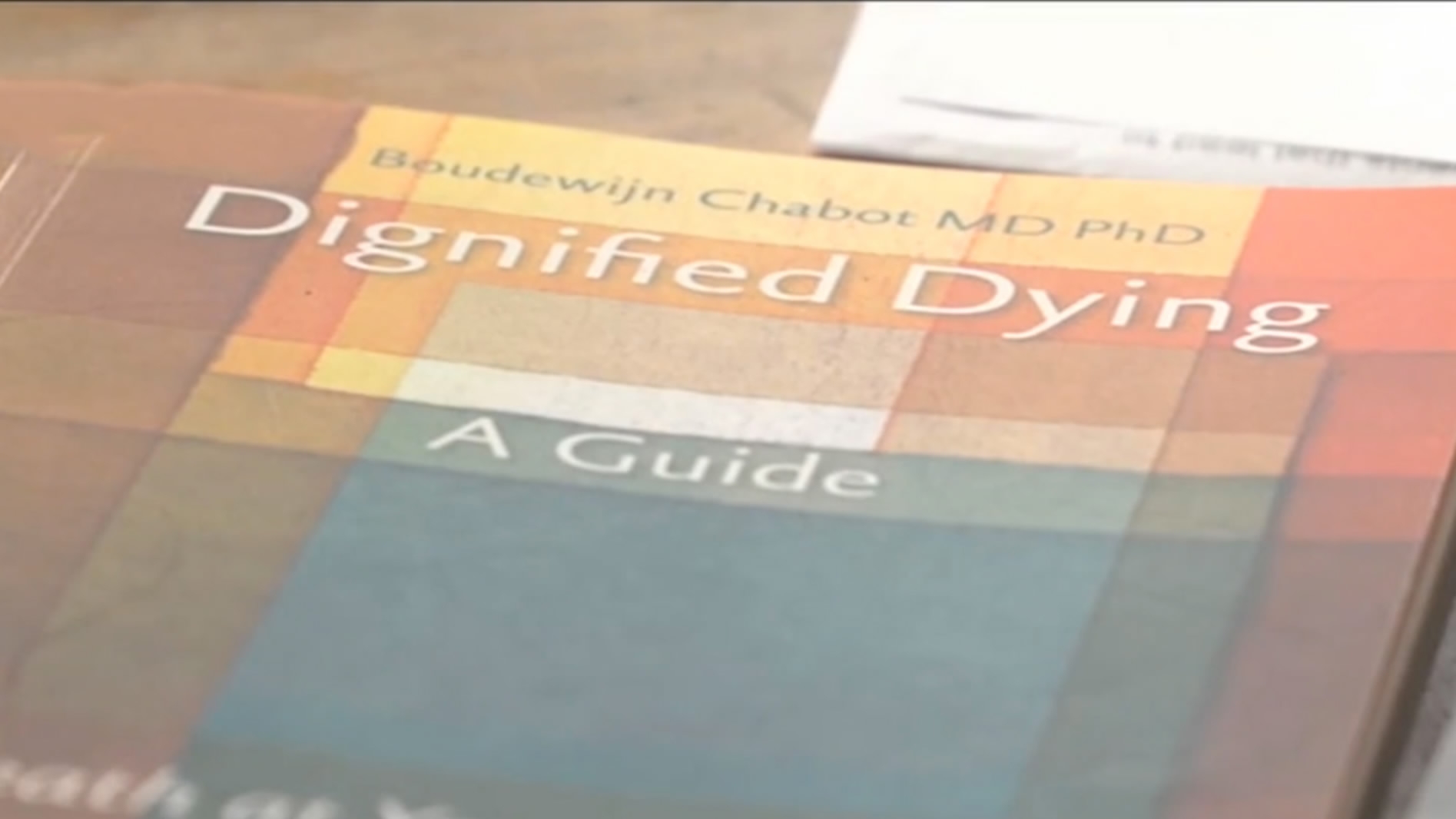
Health
22:03, 09-Feb-2018
Dying with dignity: Proponents in the Netherlands worry euthanasia is getting out of hand
By Wang Hao

A year ago, Dr. Jaap Schuurmans helped end Wilma Fisser's life. Wilma’s case was clear-cut under Dutch law: the final stages of terminal cancer. In those last hours, Wilma's husband, Martien Fisser, recalls his wife’s condition was irreversible, and her pain was unbearable.
"She’s throwing up, and I put her on her back, like that down the stairs, put her here on the bed, I called the emergency services, I couldn’t hold her anymore, and then the ambulance came," said Martien.
It’s 15 years since the Netherlands made Wilma’s death possible by becoming the first country to legalize euthanasia. More recently, though, its use has evolved that it is worrying even its proponents.

The Netherlands was the first country to legalize euthanasia. /CGTN Photo
The Netherlands was the first country to legalize euthanasia. /CGTN Photo
In 1991, Dr. Boudewijn Chabot helped 50-year-old Hilly Bosscher to die on grounds of irreversible grief. In a landmark ruling, Chabot was found guilty without punishment. Still, he worries the mentally ill are increasingly at risk.
"The review committee has interpreted the law in such a way that over the past four years, the number of euthanasia in demented and psychiatric patients has risen ten-fold. And that is a worrying state of affairs because those are brain diseases and people are on the whole less competent," said Dr. Chabot.
Theo Boer resigned from that committee in 2014.
"In the years that I was on the committee – we have gradually loosened the application of the law because we discovered that there was no legal ground to forbid it," said Theo Boer, an ethics professor and the former review committee member.

Hilly Bosscher and her husband /CGTN Photo
Hilly Bosscher and her husband /CGTN Photo
In 2016, the number of medically assisted suicides leapt by 10%. Some Dutch politicians want those 75-year-olds who feel they’ve completed life to be able to choose euthanasia. The head of the “Completed Life” Commission says new legislation won’t be necessary.
"It was just left open so that we could say it could develop over time, with the changing of ideas in society and in the medical profession,” said Paul Schnabel.
Euthanasia was always designed to end the pain of people like Wilma Fisser. And that is – largely – what it still does. Today it also deals with other types of suffering that not everyone’s so comfortable with.
7883km

SITEMAP
Copyright © 2018 CGTN. Beijing ICP prepared NO.16065310-3
Copyright © 2018 CGTN. Beijing ICP prepared NO.16065310-3